当前位置:
X-MOL 学术
›
J. Alloys Compd.
›
论文详情
Our official English website, www.x-mol.net, welcomes your feedback! (Note: you will need to create a separate account there.)
Green biosynthesized N-doped CuO@Zeolite nanocomposite for the efficient photodegradation of toxic organic pollutants from wastewater
Journal of Alloys and Compounds ( IF 5.8 ) Pub Date : 2024-07-22 , DOI: 10.1016/j.jallcom.2024.175670 Vipin , Manviri Rani , Uma Shanker
Journal of Alloys and Compounds ( IF 5.8 ) Pub Date : 2024-07-22 , DOI: 10.1016/j.jallcom.2024.175670 Vipin , Manviri Rani , Uma Shanker
Nanotechnology is one of the most advanced methods available for the degradation of toxic pollutants from the environment. Specifically, nanoparticles generated with plant extracts are more stable and biocompatible than those produced using traditional chemical and physical processes. The current study focuses on the green synthesis of N-CuO@Zeolite nanocomposite with (green tea) leaf extract. The green synthesized nanocomposite was used for the photocatalytic degradation of hazardous organic pollutants, including Auramine-O (AO) and yellow color textile industrial dye (YD). Under direct sunlight irradiation, synthesized nanomaterials exhibited excellent photocatalytic activity for AO and YD degradation. The best conditions for photocatalytic degradation were found to be pollutant concentrations of 2mgL for AO and 6mgL for YD, photocatalyst dosages of 15mg for both AO and YD, and neutral pH for both pollutants. Within 150minutes, the synthesized N-CuO@zeolite nanocomposite attained degradation efficiencies of 95% for AO and 92% for YD, compared to its parent materials N-CuO (80% for AO and 76% for YD) and CuO (68% for AO and 65% for YD). The degradation rates of both pollutants were accurately described by first-order kinetics, consistent with the Langmuir adsorption model. Additionally, the ecologically sustainable novel N-CuO@Zeolite nanocomposite illustrated superior reliability and reusability, keeping photocatalytic efficiency even after ten cycles of constant utilization, and its long-term stability was confirmed by PXRD analysis after processing. The material's excellent reusability and stability emphasize the nanocomposite's potential as a long-term solution for industrial wastewater treatment applications.
中文翻译:

绿色生物合成氮掺杂CuO@沸石纳米复合材料可有效光降解废水中有毒有机污染物
纳米技术是可用于降解环境中有毒污染物的最先进方法之一。具体来说,用植物提取物生成的纳米颗粒比使用传统化学和物理过程生成的纳米颗粒更稳定且具有生物相容性。目前的研究重点是N-CuO@Zeolite纳米复合材料与(绿茶)叶提取物的绿色合成。绿色合成的纳米复合材料用于光催化降解有害有机污染物,包括金胺-O(AO)和黄色纺织工业染料(YD)。在阳光直射照射下,合成的纳米材料表现出优异的 AO 和 YD 降解光催化活性。光催化降解的最佳条件是:AO 的污染物浓度为 2mgL,YD 的污染物浓度为 6mgL,AO 和 YD 的光催化剂用量均为 15mg,并且两种污染物的 pH 值为中性。在 150 分钟内,合成的 N-CuO@沸石纳米复合材料的 AO 降解效率为 95%,YD 降解效率为 92%,而母材 N-CuO(AO 降解效率为 80%,YD 降解效率为 76%)和 CuO(YD 降解效率为 68%) AO 和 YD 为 65%)。两种污染物的降解速率均由一级动力学准确描述,与Langmuir吸附模型一致。此外,生态可持续的新型N-CuO@Zeolite纳米复合材料表现出卓越的可靠性和可重复使用性,即使在连续使用十个循环后仍能保持光催化效率,并且其长期稳定性通过加工后的PXRD分析得到证实。该材料优异的可重复使用性和稳定性强调了纳米复合材料作为工业废水处理应用的长期解决方案的潜力。
更新日期:2024-07-22
中文翻译:

绿色生物合成氮掺杂CuO@沸石纳米复合材料可有效光降解废水中有毒有机污染物
纳米技术是可用于降解环境中有毒污染物的最先进方法之一。具体来说,用植物提取物生成的纳米颗粒比使用传统化学和物理过程生成的纳米颗粒更稳定且具有生物相容性。目前的研究重点是N-CuO@Zeolite纳米复合材料与(绿茶)叶提取物的绿色合成。绿色合成的纳米复合材料用于光催化降解有害有机污染物,包括金胺-O(AO)和黄色纺织工业染料(YD)。在阳光直射照射下,合成的纳米材料表现出优异的 AO 和 YD 降解光催化活性。光催化降解的最佳条件是:AO 的污染物浓度为 2mgL,YD 的污染物浓度为 6mgL,AO 和 YD 的光催化剂用量均为 15mg,并且两种污染物的 pH 值为中性。在 150 分钟内,合成的 N-CuO@沸石纳米复合材料的 AO 降解效率为 95%,YD 降解效率为 92%,而母材 N-CuO(AO 降解效率为 80%,YD 降解效率为 76%)和 CuO(YD 降解效率为 68%) AO 和 YD 为 65%)。两种污染物的降解速率均由一级动力学准确描述,与Langmuir吸附模型一致。此外,生态可持续的新型N-CuO@Zeolite纳米复合材料表现出卓越的可靠性和可重复使用性,即使在连续使用十个循环后仍能保持光催化效率,并且其长期稳定性通过加工后的PXRD分析得到证实。该材料优异的可重复使用性和稳定性强调了纳米复合材料作为工业废水处理应用的长期解决方案的潜力。





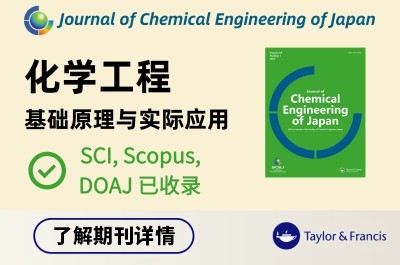



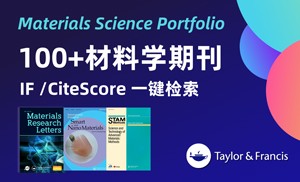
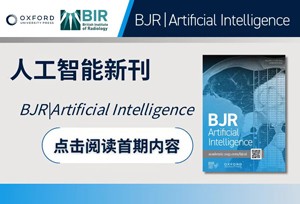



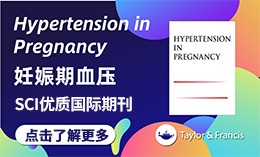
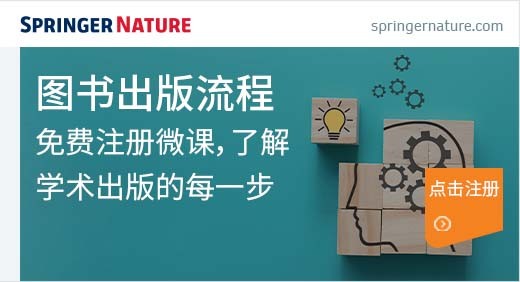






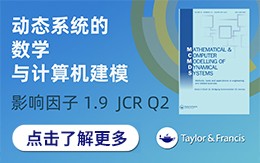
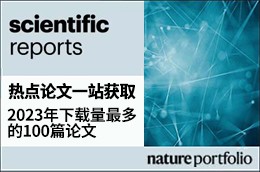
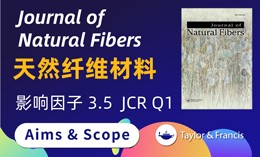
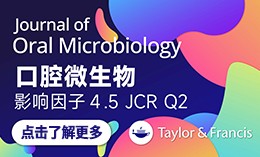


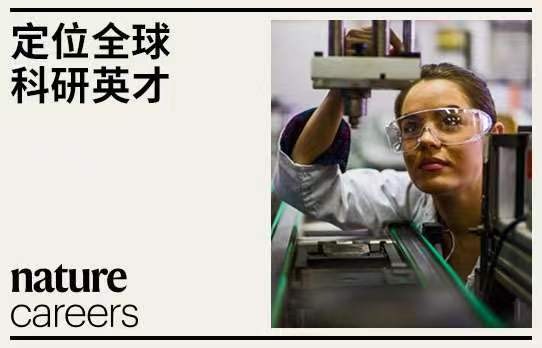

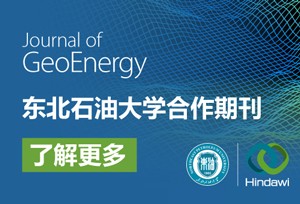
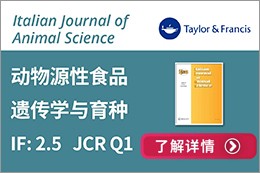














 京公网安备 11010802027423号
京公网安备 11010802027423号